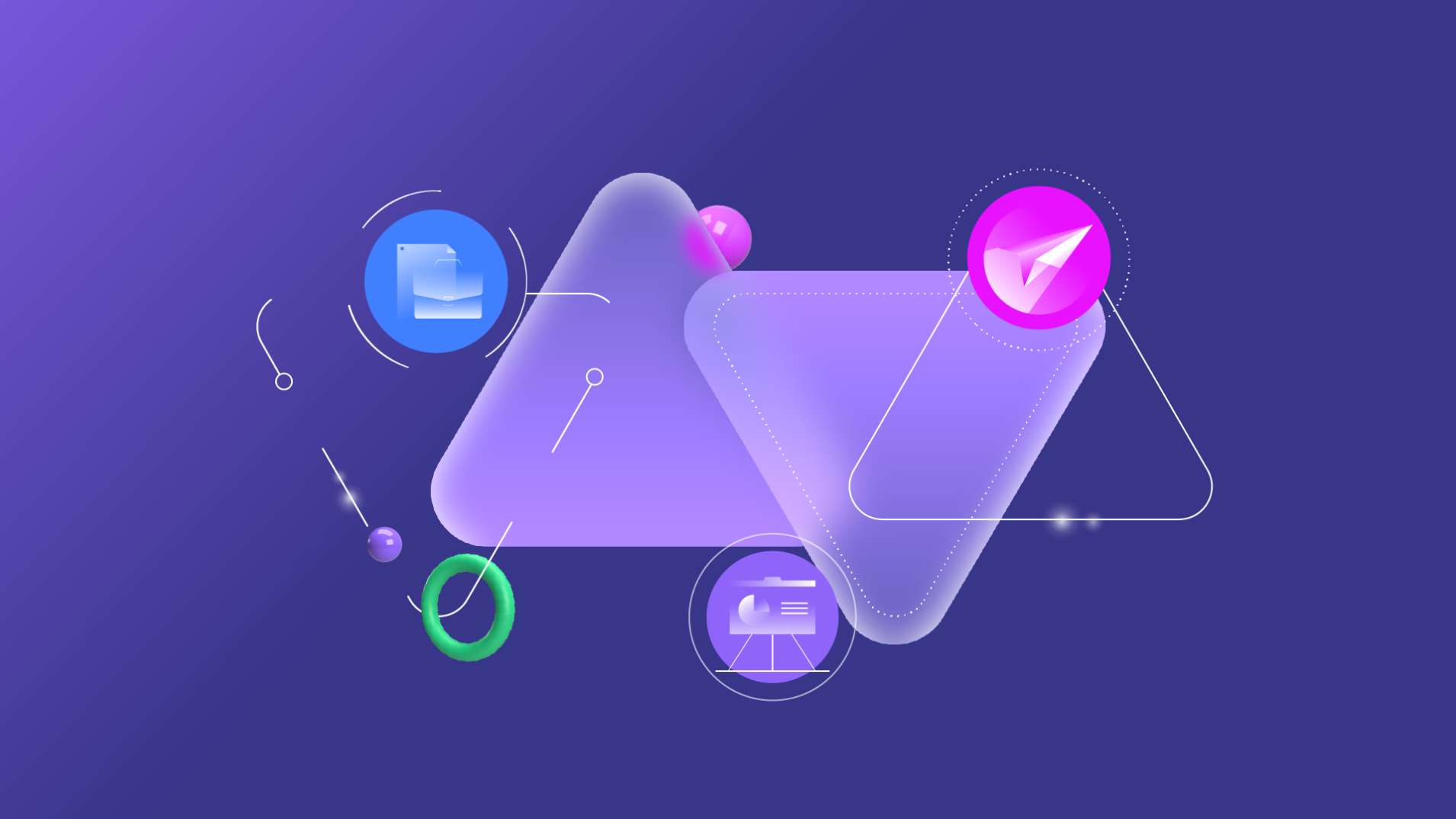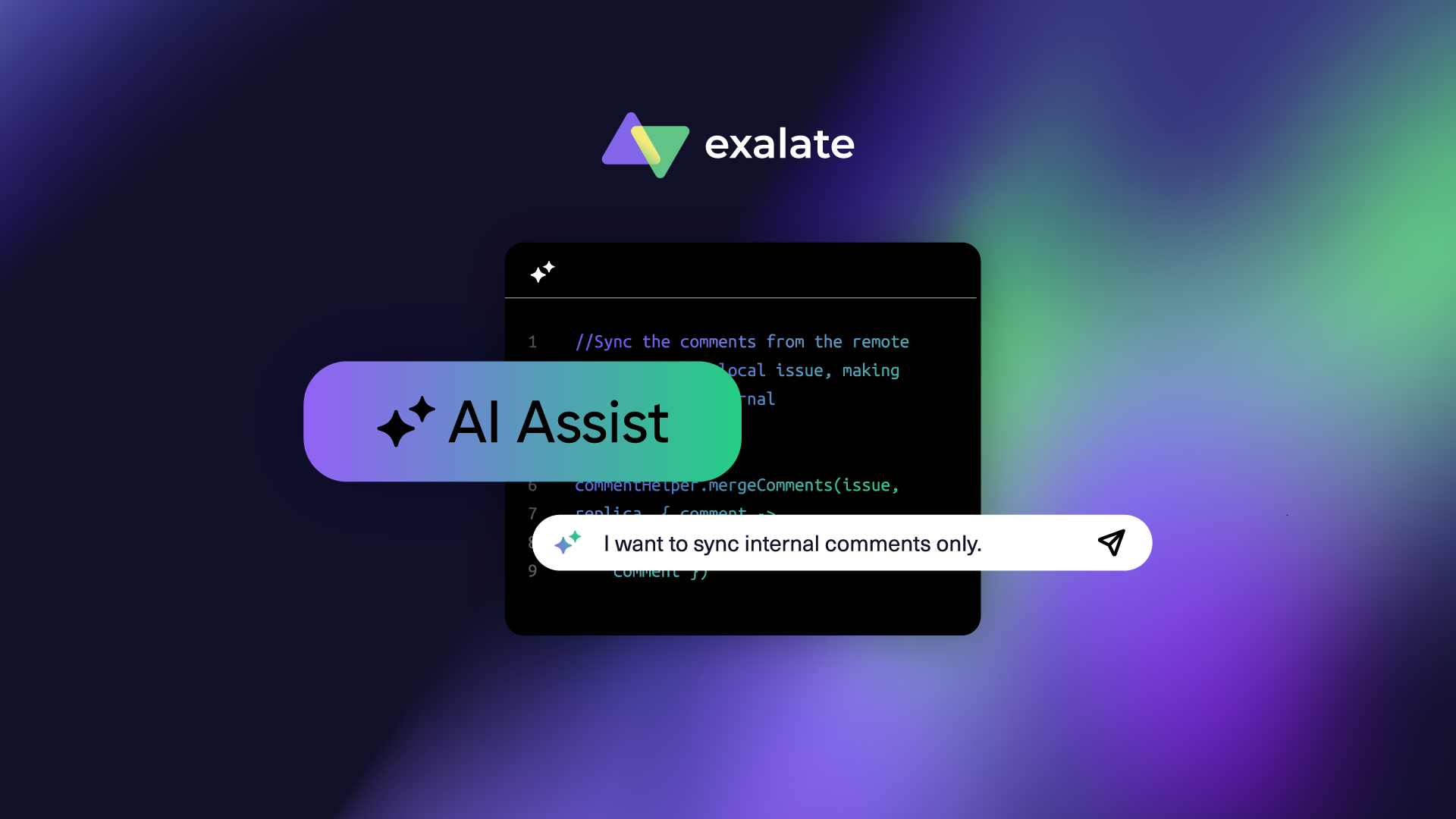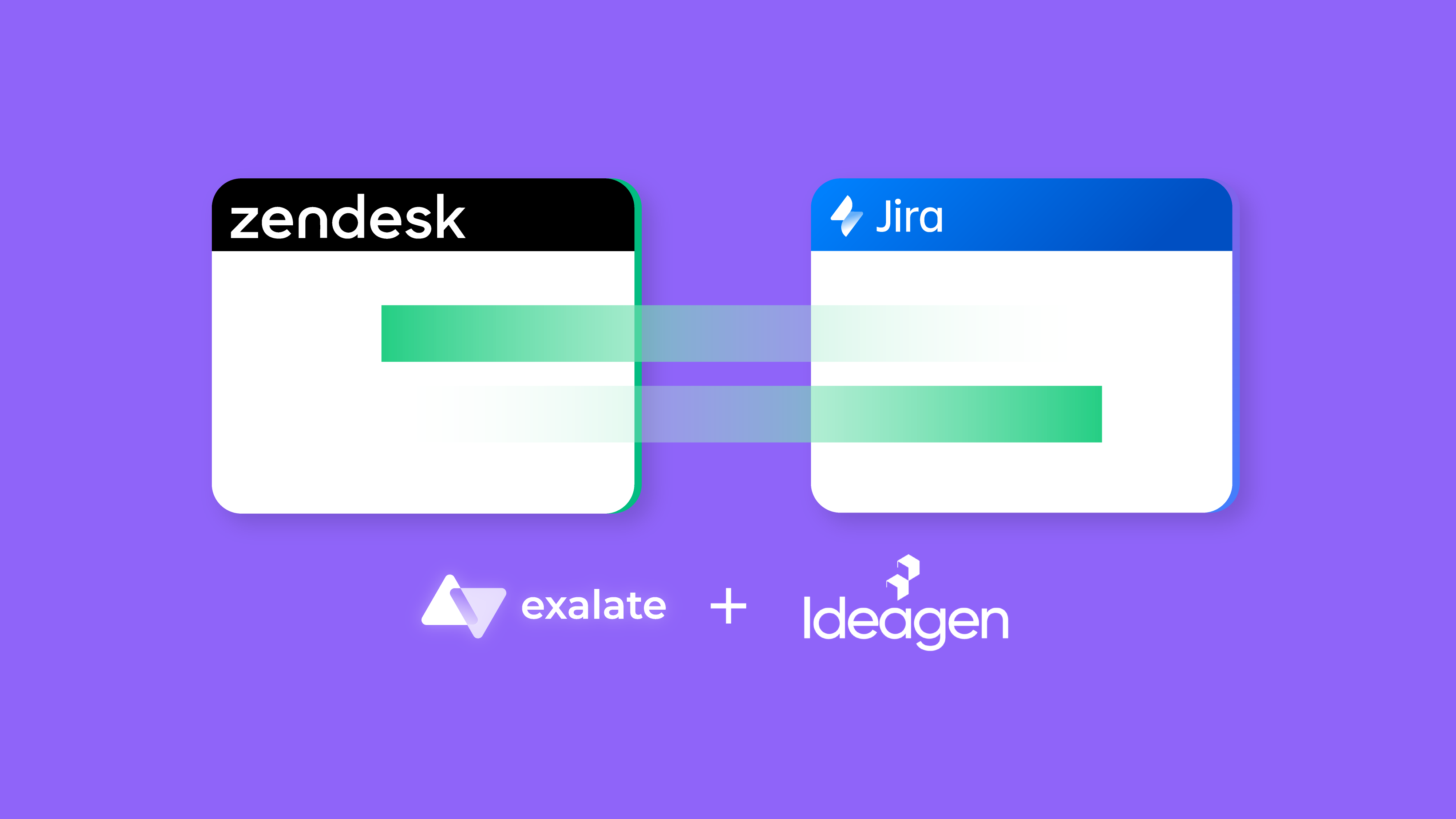The following article contains everything you need to know about the best practices and dangers of a Jira migration. At the end of this article, I have also included a step-by-step guide on how to actually implement the migration.
I have come to understand migrations are virtually inevitable.
Your business and organizational structure will evolve over time. This might be due to changing technical environments, the merging and splitting of teams, or even the sale of the entire company via an acquisition.
Whatever the reason, at some point you will have to migrate the Jira instance you’re working in.
In this article, we’ll provide tips on the best approach for a secure Jira migration and a step-by-step guide on how to achieve this.
A side note: We want to be as clear as possible on how to migrate Jira to another application like Azure DevOps or a Jira data center instance. That is why this article can get a little technical towards the end. So the end of the article might be mostly useful for your administrator. However, if you’re just using Jira as a user, (but not as an admin) this article will still be valuable. If you’re the Jira admin, great! Otherwise, I’d recommend you share this with your admin as well. He (or she) will definitely thank you for it!
Now, let’s get into the nitty-gritty of the challenge that is: implementing a clean Jira migration.
Types of Jira Migrations
There are several types of Jira migrations, each of which comes with its own pros and cons.
1. The Big Bang Approach of Migrating Jira
Following a Big Bang approach means you’ll be migrating Jira to a new Jira instance in one go.
You will achieve the migration in a single step.
Going forward, all access to your old system is redirected. So there can be no confusion as to where updates should be logged.
Because of these factors, a Big Bang migration can look superficially attractive.
However, it will mean downtime for users, and several other major drawbacks that we’ll discuss in a minute. So keep reading…
2. A Project-By-Project Approach to Migrating Jira
This approach means migrating projects, as required.
This is typically done when a project has been maintained on one Jira instance but then needs to be moved to another.
This might be due to reasons relating to infrastructure, security, or practicality.
When the migration is launched, access to the project is stopped and all data (including configuration information) is sent over to the new instance in one go.
Users can then be informed that the project is available on the new instance.
This approach can be used to migrate a complete configuration to a new environment gradually. And while it is a more measured approach, it nevertheless comes with many of the same problems as a Big Bang migration…
3. An Issue-by-issue Approach or a Live Jira Migration
Following this approach, issues are migrated from one instance to another as required.
So issues are simultaneously available on both platforms.
Team members can then work on either platform and gradually switch over from one to the other.
Many consider this the most flexible and foolproof approach.
The Dangers of Migrating Jira
A Big Bang migration sounds simple, but it can come with some major issues.
These include:
1. Losing valuable time when preparing for the migration process

A great deal of preparation is needed to ensure that the new system meets all operational requirements of the users and teams who depend on the system.
You can not underestimate this!
In many cases, people need to dedicate significant amounts of time to confirming that the new system is fully customized to their needs.
And, all too often, they’ll still miss crucial details.
2. Missing crucial details when migrating Jira to a new instance
During the transition period, you will have to factor in downtime during which neither Jira instance is operational.

You will likely want to schedule this for a low-traffic period, such as a weekend, with an advance announcement of the planned downtime.
However, if the migration fails, then everything needs to be rescheduled and repeated.
Trust me, that’s not fun!
You will have to follow up with further testing with repairs to the migration process. You’ll then need to do this again and again until you get it right.
This is the kind of big-bang migration that you really don’t want.
3. Losing crucial data after Jira has been migrated
When the moment of truth arrives, and staff begin really using the new environment, then no rollback is possible.
At this point, you’ll conclusively find out whether you’ve done enough preparation.
If one team finds a blocking issue, while other teams are happily using the new system, then the administrator hits a wall.

The dissatisfied staff will have to either wait for the functionality to be built or for a workaround to be devised for their issue.
But failing that, they’ll have to make do without it.
As with the real Big Bang, you can’t do a re-run…
Why Do We Prefer a Live Migration for Jira
2 words.
Less friction.
Running a Live Migration removes nearly all of the problems and friction that might occur when migrating Jira to a new server.
With a Big Bang migration, some degree of dissatisfaction is almost inevitable.
Staff want their environment to continue to work as they know it. And introducing significant changes will always have an impact on operations, however big or small.
That might make your staff cringe. A little bit like this:

Given limits to speccing and testing, there is a very good chance that at least some features and functionality will be missing, altered, or broken.
What’s worse, this will often only be revealed once your users pick things up on the other side of a Big Bang migration.
Our view is that bringing about change in an organization is best done by making incremental improvements to the environment without causing disruption.
A Live Migration achieves just this, allowing for projects and issues to be gradually transferred from one system to another. This makes the process simple and painless.
Staff can then choose to work in either system, as they want. Which makes everybody happy again:

Synchronization of data (using tools like Exalate) ensures that users will find what they need, as they need it, on both platforms.
Small changes can then be applied to the new system to make it just perfect.
All the while your staff can keep using both systems in their day-to-day operations.
If something doesn’t work to their needs, then they can continue to use the original system while the configuration is adapted to the new environment.
Once the new configuration is perfected, the whole team can make the switch. Only when the staff is completely satisfied the old configuration can be dismissed.
By building this flexibility into the transition, the migration is ultimately made far easier and safer.
Before we discuss the actual implementation I want to share a couple of common Jira migration use cases that companies usually look for.
Common Jira Migration Use Cases
Simply transferring your data from one Jira to another is not migration. It’s about ensuring your workflows, configurations, and teams can continue to operate without a hitch post-migration.
Let’s look at a few Jira migration use cases to help you prepare for what’s coming next.
1. Consolidating Multiple Jira Instances
Large organizations often end up dealing with multiple Jira instances after mergers, acquisitions, or other department-level purchases. Consolidating these instances will simplify the administrative work and provide a unified view of projects and issues across teams.
2. Migrating from Jira Server to Jira Cloud
With Atlassian phasing out the use of Jira Server and encouraging the move to Jira Cloud, organizations are slowly opting for this. It will ensure you have access to all the latest Jira features, lower maintenance overload, and better resource scalability.
3. Migrating from Jira Cloud to Jira Data Center
Enterprises that have strict security and compliance requirements or large-scale operations often prefer moving to Jira Data Center which offers high availability and robust performance. I have seen this happen a lot in the banking or healthcare sector, where control over data is critical.
4. Spliiting a Jira Instance into Multiple Instances
This use case is the opposite of the first one we discussed. Sometimes, organizations decide to split a Jira instance when teams need more autonomy or when sensitive data needs to be isolated due to regulatory requirements.
Jira migrations aren’t limited to moving between Jira setups.
Often organizations look to switch platforms entirely, such as moving from Jira to Azure DevOps (or vice versa), or from ServiceNow to Jira Service Management (JSM).
These migrations are driven by business needs, team preferences, or platform-specific advantages.
How to Implement a Jira to Jira Live Migration
At this point, you know about the types of migrations and the dangers they come along with.
Now it’s time to show you exactly how to migrate your Jira safely to a new data center (or cloud).
A heads up, this part is a bit technical. So if you’re not a Jira administrator, be warned.
For reasons, we explained above, we will be doing a live migration.
In this case, we’ll be taking an example of migrating Jira to another Jira. We’ll be migrating all agile information within the projects. This includes sprints, epics, all issue data including issue key, change history, issue links, sub-tasks, typical issue custom fields, etc.
To implement the live migration, we use Exalate.
Exalate is an add-on for Jira that allows you to synchronize issue data in real-time.
You can try Exalate for free for 30 days. That should be more than enough time to complete the migration.
So let’s get to it!
Step 1: Install the Exalate Migration Tool
First, you’ll have to download Exalate.
To do this, head over to the Exalate page on the Atlassian Marketplace.
Once there, click “Try it free”.

Then just follow the step-by-step wizard. If you need more details on setting up Exalate, you can have a look at the following documentation page for Jira on-premise or the following documentation page for Jira Cloud.
Step 2: Install the Exalate Synchronization Tool on the Other Instance
To implement the migration, you will need to have Exalate installed on both the initiating instance as well as the destination instance.
So repeat step 1 for your other instance as well. You can choose the destination instance on the Exalate integrations page and proceed further.
Note that if more than 2 instances will be involved in the migration, just set up Exalate for any of the other instances as well.
Step 3: Connect the Jira Instances
Now we’ll configure a connection between the instances using Exalate.
Exalate connects instances based on invitations. This means you’ll have to initiate your connection on one side after which you will receive an invitation code on the other side.
Don’t worry, this is easier than it sounds. I’ll walk you through it.
Navigate to “Connections” in the left pane and click “Initiate connection”.

Now you’ll be asked to enter the URL of the destination instance.
Add the URL of the other Jira instance and click “Next”.
You’ll have to select your “Configuration type”. Exalate supports three configuration modes: the Basic mode, the Visual mode (BETA), and the Script mode.

For migration, we’ll consider the Script mode only.
Now you will have to add a “Connection name” and click “Next”.
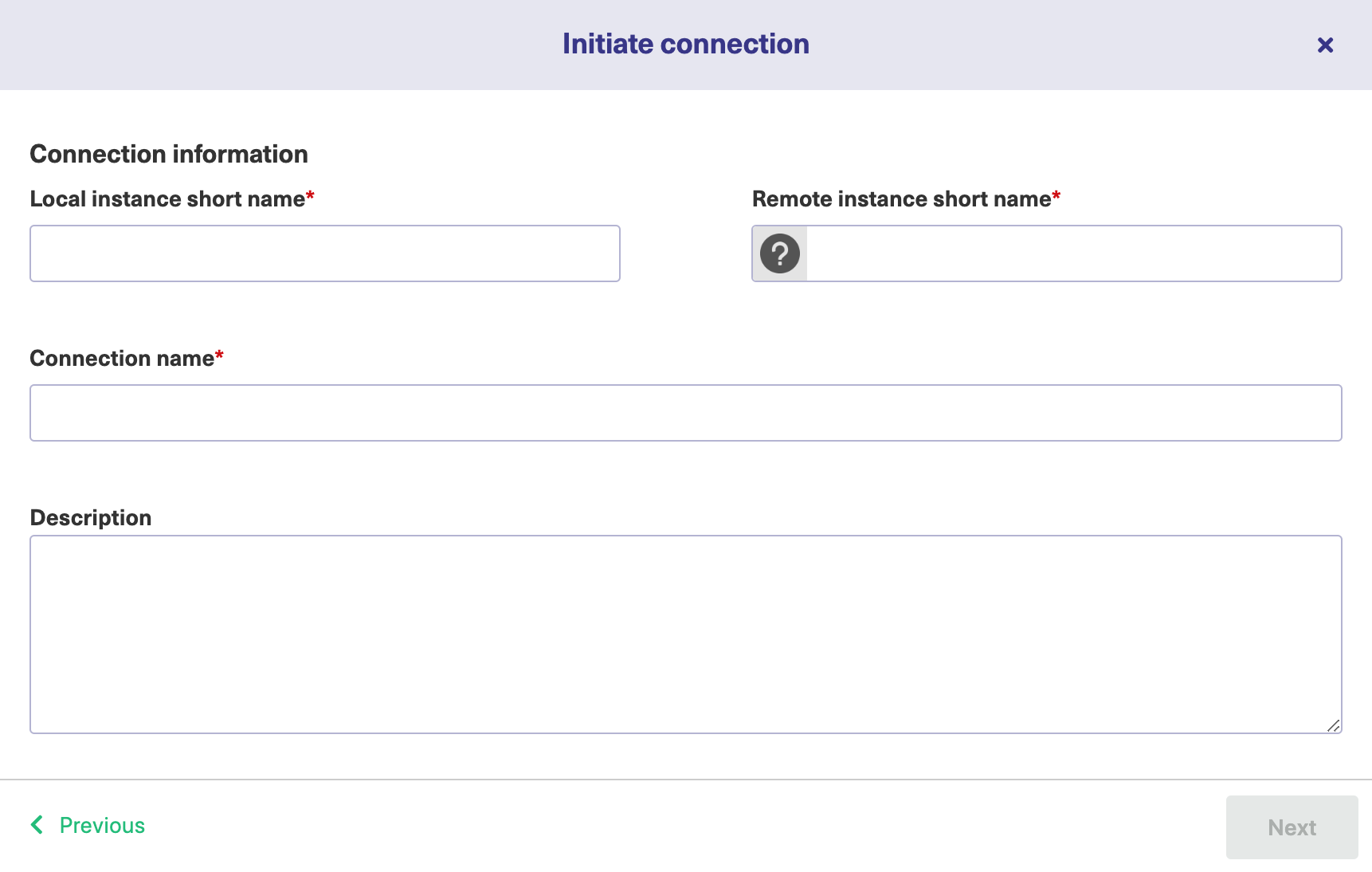
Select the Jira project you’ll use for migration.

Now an invitation code will be generated to accept the invitation on the destination instance. Once that is accepted on the other side, you will be able to start the live migration of the Jira issues.
So copy the script to your clipboard and move on to the other instance (or send it over to whoever has access to the new instance).
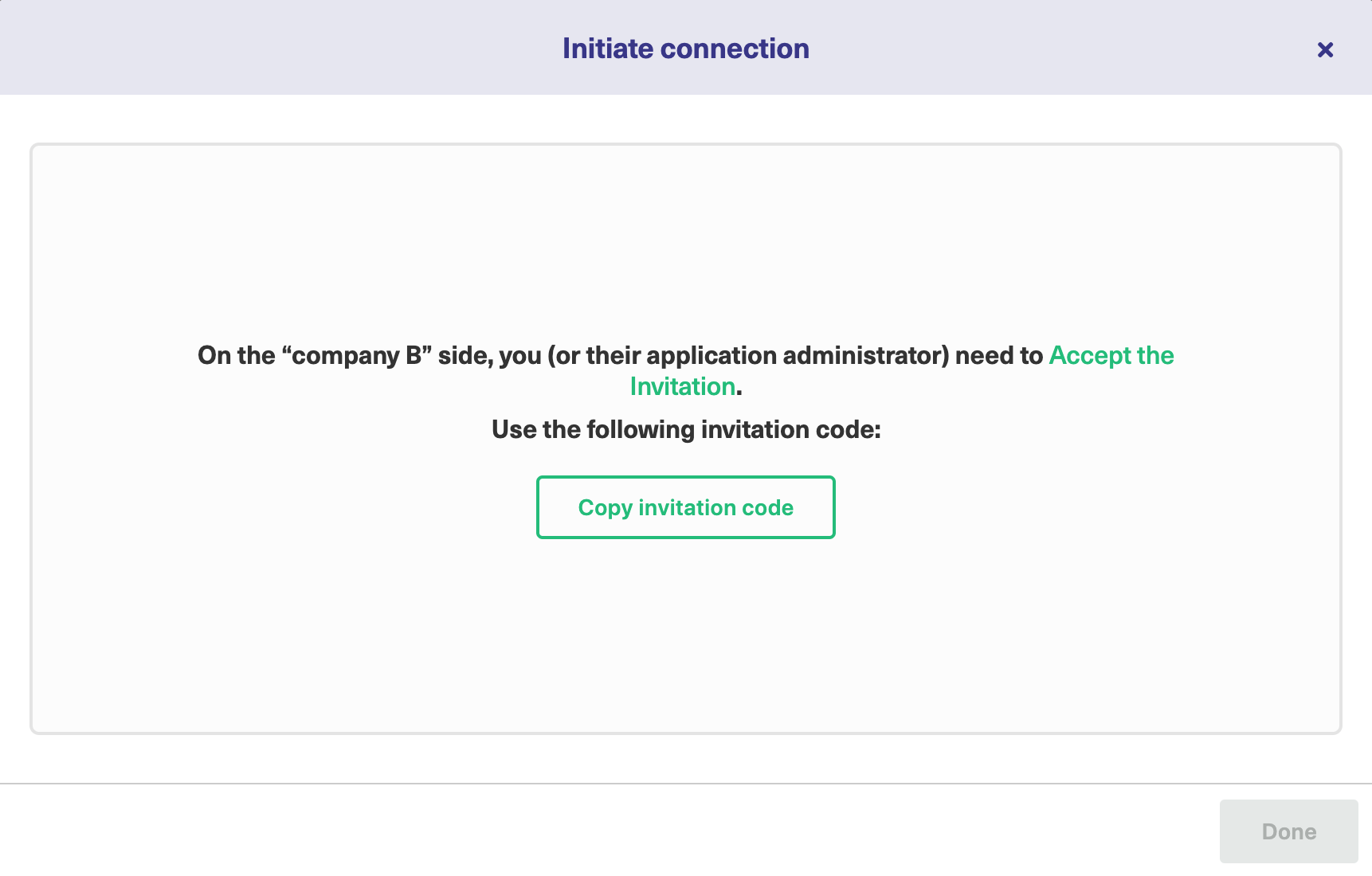
On the other instance, this time click the “Accept invitation” button.
Paste the invitation code you just generated.

It will be automatically validated.
Click “Next” to proceed.
Select the project name again where you’d like to migrate the issues to.
Awesome, now the 2 instances are connected!
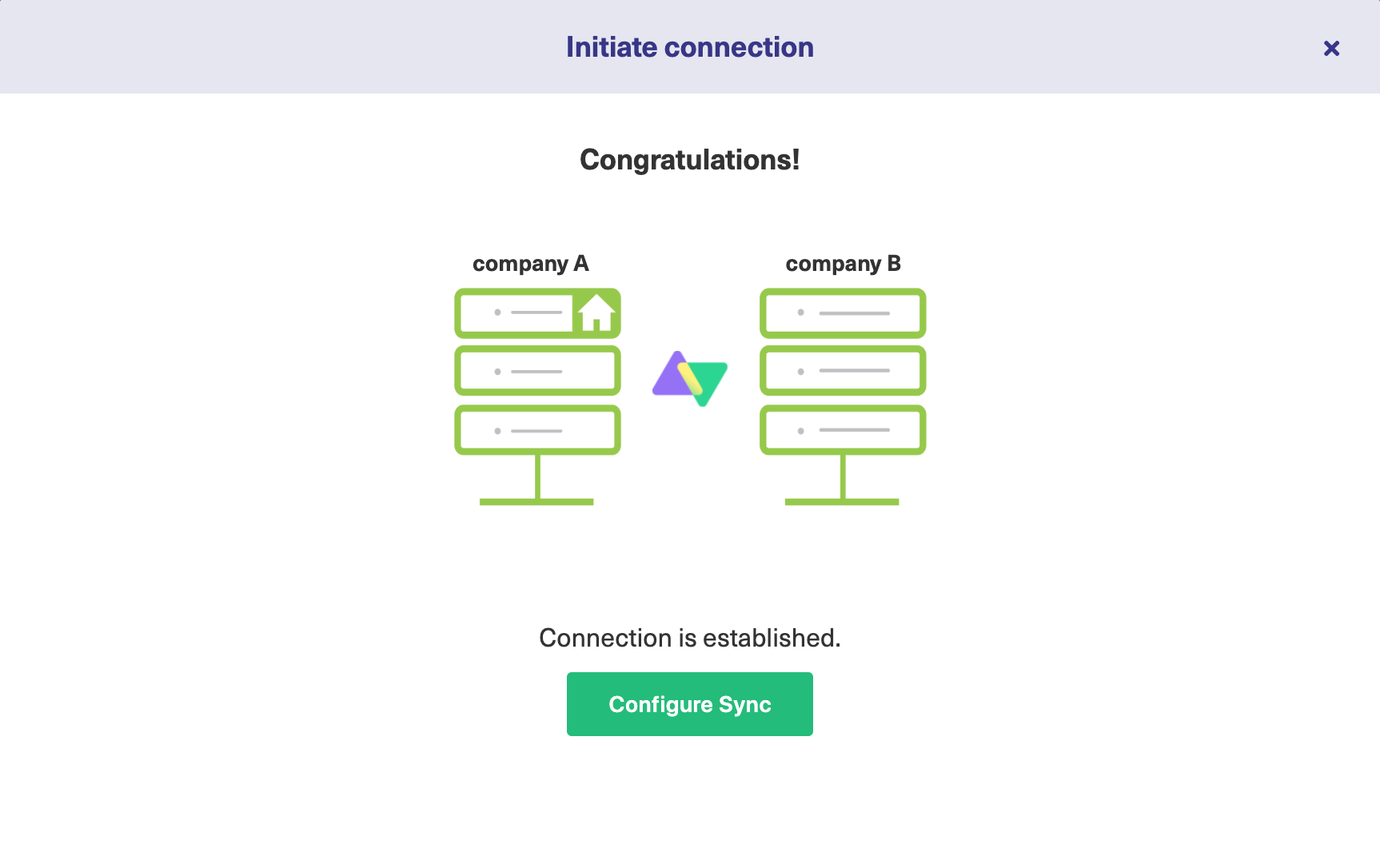
Once the connection has been set up, you can proceed with the migration.
Step 4: Configure the Connection for Migration
After the connection is set, you’ll still need to do some minor configuration to the synchronization rules. This way we’ll make sure the connection is correct for your specific migration use case.
With the default sync rules, you can migrate the summary, description, type, assignee, reporter, comments, attachments, and labels.
However, if your migration requires more advanced configuration, you need to edit them in this step.
To access the configuration, click on the “Configure sync” button shown in the image above or head over to “Connections” (from the left menu).
On the “Connections” screen, click on “…” next to the connection you would like to configure and click “Edit”.
After that, go to “Sync rules”.
This is where you should end up:

Now this part might be a little tricky, so stay with me.
Here you will have access to the scripts of:
- Outgoing sync script – information leaving your Jira instance
- Incoming sync script – information coming into your Jira instance
The same scripts exist on the other side as well, with their functionalities reversed.
You will have to copy/paste new scripts into each one of these based on your needs. If you don’t wish to migrate some data simply delete or comment those lines.
The scripts will differ based on whether you’re migrating from cloud to on-premise, or from on-premise to cloud, and so on.
Step 5: Create the Migration Trigger
Now we’ll need to create a “Trigger”.
This will be super easy.
The “Trigger” will determine when issues will be migrated/synchronized to the other side. As well as choose when not to migrate issues. Of course, the second choice is completely optional.
To create the trigger, navigate to the “Triggers” tab in the configuration screen. Click the “Create trigger” button.
Here you’ll want to choose to sync certain projects. Just add that project to the trigger.

Again, in this example, I decided to call the project “FIR”, but yours will have a different name.
Tip: You can also set advanced triggers in JQL like, choose to not migrate issues with the label “nosync” or empty labels.
If you’re satisfied with the trigger rules, activate it, and click “Add”.
Step 6: Start Migrating the Jira Issues
After you’ve managed to successfully create the trigger, you’ll be able to start migrating issues.
To achieve this, click on the “…” button in the Action column next to the correct trigger.
There you’ll be able to select “Bulk Exalate”.

That’s it!
Now the issues in the project you’ve selected will be automatically synchronized to the other side.
You can check the “Sync queue” to see if any errors are occurring. Everything should be in order.
Step 7: Transfer the Whole Team by Providing Training
After migration has been completed, it’s possible your team will require some time to adjust to the new system.
In order to streamline the efficiency of using the system, I’d recommend dedicating some resources to training staff.
This will save you valuable time, human errors, and all-round confusion in the end.
Step 8: Stop Migrating Issues
When all of your data has been transferred and teams are familiar with the new system, you can stop the synchronization.
Step 9: Dismiss the Old System
Is everything running smoothly now? Is staff getting adjusted to the new Jira?
If so, it’s time to pull the plug on the old system!
Congratulations, you’ve completed a smooth transition from your staff to your new environment.
Hope it was a smooth ride. Kudos!
Conclusion
Performing a migration from one system to another is never easy.
Fundamentally, though, the challenges in the transition are not just about technology. It’s about the people using it and the way they work.
That’s why it’s crucial to ensure the new configuration completely meets their needs.
The problem here is that getting user feedback is always difficult. Users will rarely have enough time to explain their requirements in the necessary detail or validate new software to the degree that is required.
Because of this, a Big Bang migration may well be followed by a ‘WTF’ moment. This usually only happens when staff has to put the new instance to use.
And at this point, you might be left without having the option to roll things back.
The gradual transition made possible by a Live Migration, on the other hand, allows for an iterative and controlled evolution of the environment. That’s why we recommended this approach in some way for most use cases.
How about you? Did you find this article useful? Did you have any “cringy” migration stories people could learn from? Share your thoughts in the comments below!
Recommended Reads:
- A guide to Jira workflow best practices (with examples)
- Jira to Jira Integration: The Comprehensive Guide to Jira Sync
- Jira Azure DevOps Integration: The Complete Step-by-Step Guide
- Jira Salesforce Integration: How to Set up a Two-Way Sync between Different Teams
- Jira Bitbucket Integration: the complete guide
- Jira Confluence Integration: The complete guide
- Jira ServiceNow Integration: How to Connect Jira and ServiceNow in 5 Steps
- Freshdesk Jira Integration in the Age of Customer Satisfaction
- How to Set up an End-to-End ServiceDesk Plus Jira Integration
